We live in a world of constantly evolving technology and ways to organize work. This means that people are in constant threat of their skills becoming less relevant or even obsolete. At the same time, organizations face the challenge of building new capabilities internally to take advantage of new technologies that will transform what they produce and how they produce it.
Organizations today take two different approaches to align their employees’ developmental needs with the business’ human capital needs: the laissez faire model and the planning model. Here I propose a third way, the strategic human capital operating model. It is currently used in a rare number of cases, and should become the standard all large companies strive to meet. It can reduce turnover and adoption costs for new technology, while improving employee morale, engagement and productivity.
(more…)









